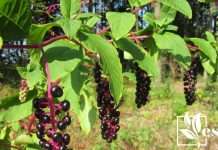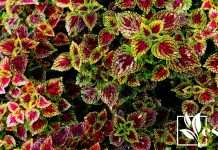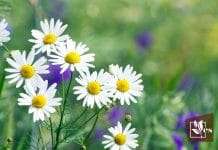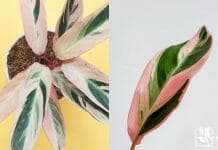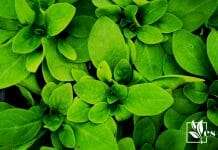- When Are Raspberries Ready to Pick: A Comprehensive Guide for Gardeners - July 11, 2024
- When Are Red Delicious Apples Ready to Pick: Essential Harvesting Tips - July 11, 2024
- When Are Snow Peas Ready to Pick: Essential Harvest Tips - July 11, 2024
Bee balm companion plants include plants that grow well and look beautiful with bee balm. Bee balm of the Monarda genus, commonly known as wild bergamot (monarda fistulosa) and scientifically known as monarda Didyma, grows in slightly acidic soil under full to partial sun, is deer resistant, and propagates easily through bee balm seeds.
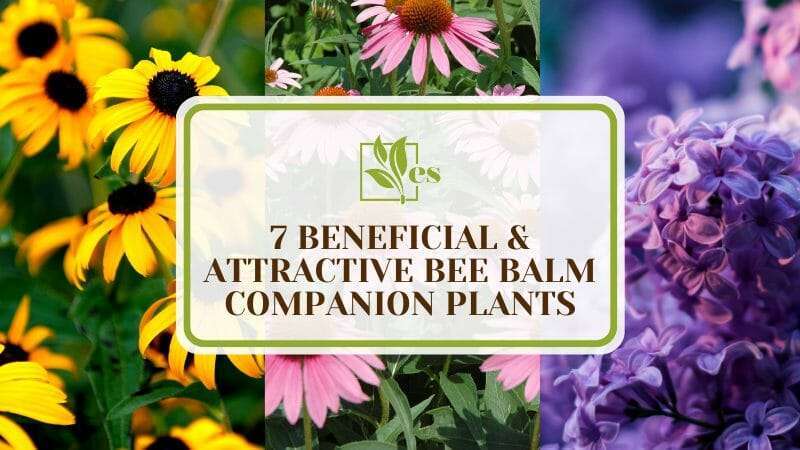
We have gathered plants with the same growth requirements as bee balm and are a source of attraction for pollinators.
Continue reading to learn more about these plants.
“Companion planting can be effective in deterring pests and improving crop productivity.”University of Georgia Extension
JUMP TO TOPIC
7 Bee Balm Companion Plants
Bee balm companion plants help in bee balm care by attracting pollinators and making your bee balm look more beautiful. Our companion planting guide for growing bee balm with companions is all you need to know about these plants and answer questions like bee balm sun, shade, etc.
Here are the seven bee balm companion plants that will have your bee balm bloom and will leave people wondering whether you have put up bee balm plants for sale:
1. Black-Eyed Susan
Black-eyed Susans are short-lived perennials that are native to North America and belong to the Asteraceae family,
The plants have broad, ovate, rough, and long leaves, approximately 2 to 6.7 inch in length, that are many, and have an irregular growth pattern along the stalk. Its flowers bloom in yellow, orange, and red colors.
Black-eyed Susans are great wild bergamot companion plants that have the same surviving conditions and have the potential to tolerate bee balm growing tendency.
– Growing Season
The best season to plant black-eyed Susans is spring or early fall, so the roots are fully established when extreme weather conditions kick in.
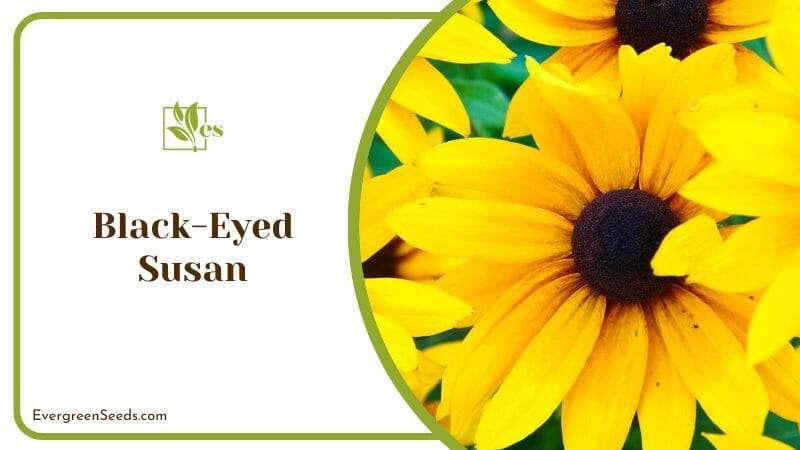
It blooms beautiful yellow, red, and orange flowers in summer and fall. Black-eyed Susan has a fast growth rate and can be 2 to 3 feet tall and 1 to 2 feet wide once fully mature.
– Specific Needs
As the plants are short-lived, they do not have much time to form large clumps, but if they do, they can be propagated through division in spring or autumn just as the plant has finished growing.
The black-eyed Susans love to grow in full sun and moist, well-drained soil with an acidic to neutral pH. Water the plants regularly till the roots have established, after which they become drought-tolerant. Prune the plant to allow more sunlight as black-eyed Susans mostly die because of lack of proper sunlight.
2. Echinacea
It is a herbaceous perennial that belongs to the daisy family and is native to North America, and it makes a great herb garden addition anywhere. The leaves of echinacea are wide spaces with spaced teeth.
The upper surface of the leaf is olive green and has minute hairs, and the upper stems divide into separate reddish-orange flowerheads. The flowers bloom in green color and slowly turn pinkish-purple.
Bee balm and echinacea make a great pair. Planting bee balm with echinacea is a win-win situation for both plants as echinacea attracts pollinators but also adds color to the space.
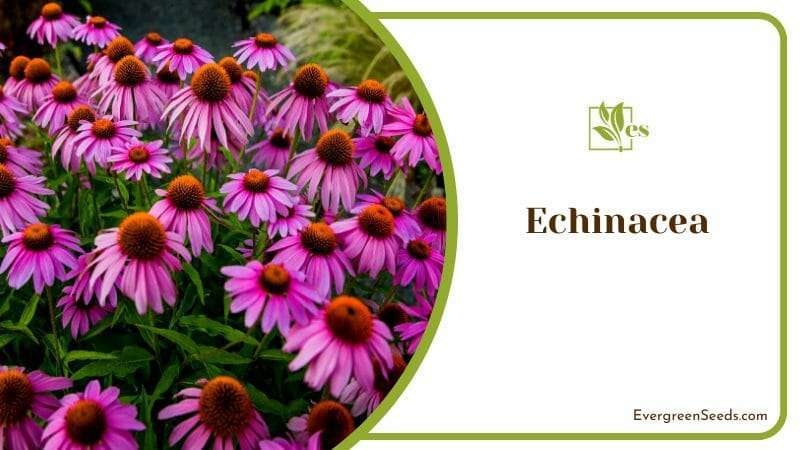
– Growing Season
Plant the echinacea in early spring or summer. It has a fast growth rate and can be up to 3 feet in height and cover an area of 36 inches – however, echinacea blooms in its second growing season.
– Specific Needs
Divide the plant in spring if the space is looking crowded because of it. They can grow from seeds, cuttings, and dividing the existing plants. Echinacea loves to grow in full to partial sun and well-drained, sandy, and loamy soil with an acidic pH.
It is drought-tolerant and does not have many watering needs. Furthermore, it can grow well without fertilizer and does not require pursuing, although gardeners deadhead the plants for aesthetics.
3. Lilac
Lilac, also known as common lilac, is a perennial herbaceous shrub that belongs to the Oleaceae family and is native to Europe. Common lilac has heart-shaped leaves with smooth edges. The leaf buds are smaller in size than the flower buds, which are round and light green and have finer points. The flowers, as the name indicates, are in the color lilac.
Hearing the word ‘lilac,’ the closest color that comes to our mind is lavender, and by now, you must be wondering, the first question we ask ourselves is can I plant bee balm with lavender? Well…no! Lavender produces essential oils that attract flies and moths.
Plant bee balm with common lilac to give the impression of lavender in your garden. Bee balm grows well with lilac because it attracts beneficial pollinators.
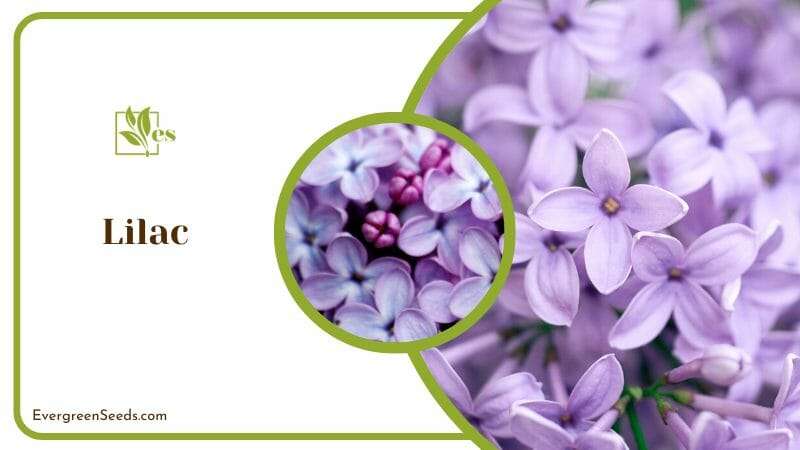
– Growing Season
The best season to plant lilac is fall, after all the leaves have fallen, before the ground freezes. The common lilac has a slow growth rate and grows approximately 1 to 2 feet yearly. It can be up to 12 to 16 feet tall and 8 to 12 feet wide.
– Specific Needs
Lilacs are propagated through suckers. Dig up the shoot, cut it without damaging the roots, and replant it in a new location. The plants grow in full sun and moist but well-drained loamy soil with an acidic to loamy pH.
They are drought-tolerant but would do well with watering in dry spells. Do a soil test to check if your plants lack nutrients before adding any fertilizer, as they do well without fertilizers. Make sure to prune your lilacs, as they need air circulation to survive.
4. Garden Phlox
It is a herbaceous perennial that belongs to the Phlox family and is native to the Eastern United States. The plant has erect stems with narrow, spear-shaped leaves with golden borders that change to white as the season progresses and bears many star-shaped colorful flowers.
Grow bee balm with garden phlox, as the sturdy stems of the phlox make the plant a great choice for cut flowers. Furthermore, the plant attracts pollinators like hummingbirds and butterflies, making bee balms good phlox paniculata companion plants.
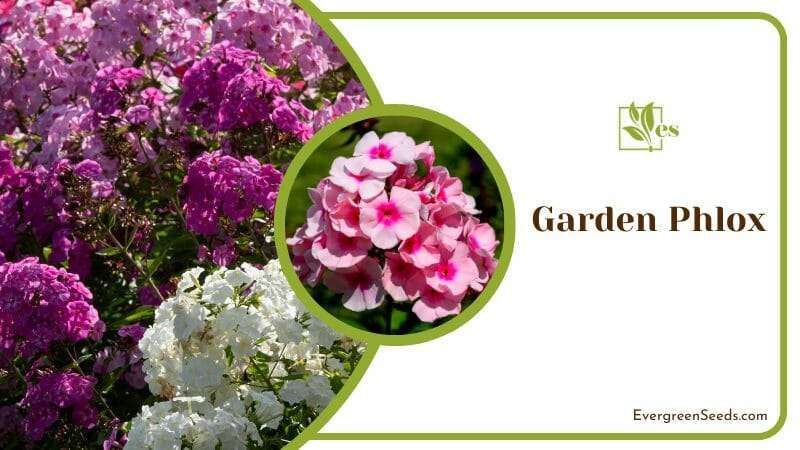
– Growing Season
The plan is best planted in spring, after the fall frost, and bears long-lasting blooms with a mild fragrance in summer. It has a slow growth rate and can reach up to a height of 4 feet and be as wide as 3 feet.
– Specific Needs
The best way to propagate garden phlox is through division in early spring. Dig the plant out, split them into smaller portions and then replant them. Garden phlox grows in full to partial sun and moist but well-drained soil.
Try not to overwater but water regularly to keep the soil moist, and keep the foliage dry to prevent problems like powdery mildew. Furthermore, add compost to your garden phlox every spring, and prune the stems and leaves by 2 inches, that have fallen victim to autumn frost. This will prevent stepping on new growth.
5. Coral Bells
Coral bells, also known as fancy-leafed coral bells, are herbaceous perennials native to North America and belong to the Saxifragaceae family. The plant has lobed leaves that are either reddish-green or purple-green and long petioles. It blooms red, white, pink, and orange flowers.
Bee balm colors also play an important part when it comes to pairing. Plant Scarlet bee balms, one of the wide bee balm varieties, as companion plants for coral bells and add visual interest to your dull-looking gardens.
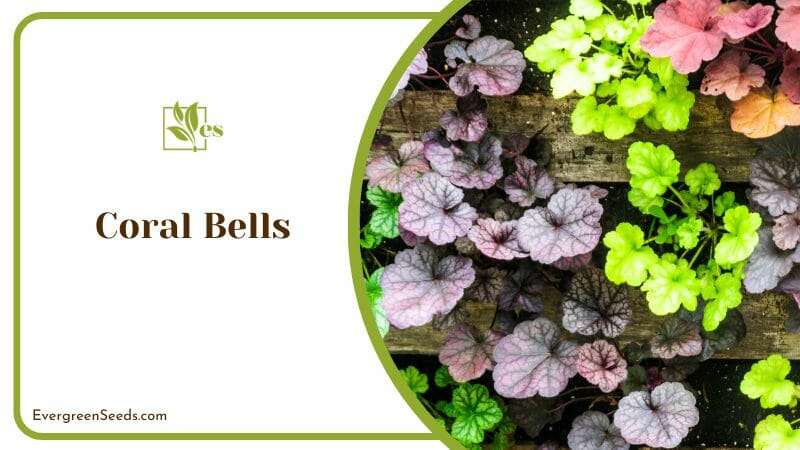
– Growing Season
Coral bells are best planted and bloom colorful flowers in spring or summer. They have a fast growth rate and are 8 to 18 inches tall and 12 to 24 inches wide.
– Specific Needs
The most common method of propagating coral bells is dividing the roots in fall or spring. The plants grow full to partial sun and rich, moist, well-drained soil with an alkaline to neutral pH. They have moderate water needs and like to remain moist. The established plants tolerate drought, but an inch of water per week will make them quite happy.
Furthermore, as the plants are heavy feeders, add slow-release fertilizers instead of fast-release fertilizers as they prevent the plant from flowering. Remove the dead or damaged foliage in spring and cut off leggy parts to give your plant a more compact look.
6. Buddleia
Buddleia, more commonly known as butterfly bush, is a herbaceous shrub that belongs to the Scrophulariaceae family and is native to Asia. The plant has simple, olive-green leaves with margins and clusters of purple, pink, blue, white, and yellow flowers that can be 6 to 24 inches long.
Furthermore, it attracts pollinators like bees and butterflies, and because of this, bee balms benefit as buddleia companion plants.
– Growing Season
The most suitable season to plant butterfly bush is spring, right after the frost has passed in cooler climates, or in autumn, in warmer regions, right before the first frost.
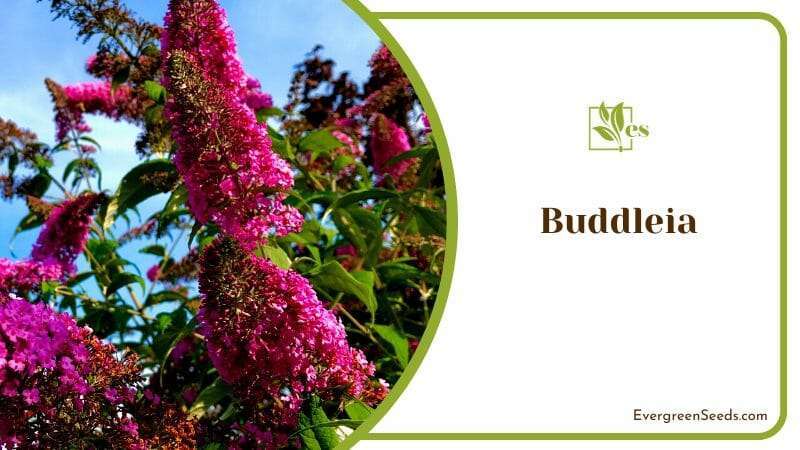
It has a rapid growth rate, adding 24 inches of growth every year, and can be up to 3 to 12 feet tall and 3 to 8 feet wide.
– Specific Needs
Butterfly bush grows so rapidly that there will not be any need to propagate them. But you can by seeding them through the seed heads wherever you like. The plant grows in full sun and moist but well-drained soil with an acidic to neutral pH. It requires a moderate water environment and can thrive on half an inch of rainwater per week.
Furthermore, it has no fertilizer needs except a thin layer of compost over each spring’s root zone. Rem trims off the dead flower spikes to promote blooming and minimize the chances of self-seeding. Pruning the plant down to the ground ensures vigorous growth.
7. Penstemon
Native to North America and also known as beardtongue, penstemon is a short-lived, herbaceous perennial that belongs to the Plantaginaceae family.
The leaves are 1 to 5 inches long. They seem like leathery leaves with wavy margins, and the leaves at the top are joined at the bases around the stem.
It bears flowers in beautiful shades of purple, blue, orange, red, yellow, pink, and white, because of which bee balms as penstemon companion plants will be the center of attention. Penstemon is also a big source of attraction for hummingbirds.
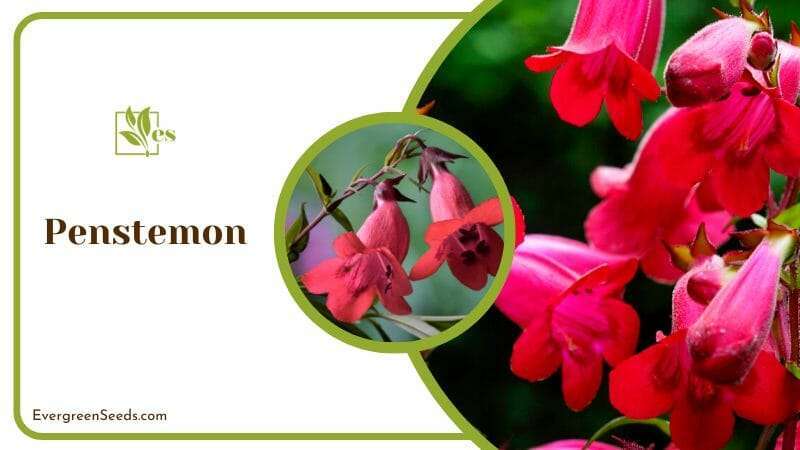
– Growing Season
The ideal season to plant penstemon is spring, when the soil has just started warming up, allowing roots to settle in. With a slow growth rate, the plant takes one to three weeks to germinate. Once mature, the plant can be tall as up to 6 inches to 8 feet and 8 to 20 inches wide. The younger versions can be planted with bee balm in containers.
– Specific Needs
The best and easiest way to propagate penstemon is through seeds, as it is short-lived. The plant grows full to partial sun and moist but well-drained soil with a neutral to acidic pH.
Even though the plant is drought-tolerant, an inch of water per week will promote vigorous growth. Also, add organic fertilizer to your beardtongue once a year every spring. The plant does not need much pruning but cut off the dead flowers to encourage new blooms.
References
- https://plantdatabase.kpu.ca/plant/plantDetail/1120
- Growing Lilacs. Cornell Cooperative Extension.
Retrieved from http://chemung.cce.cornell.edu/resources/lilacs


